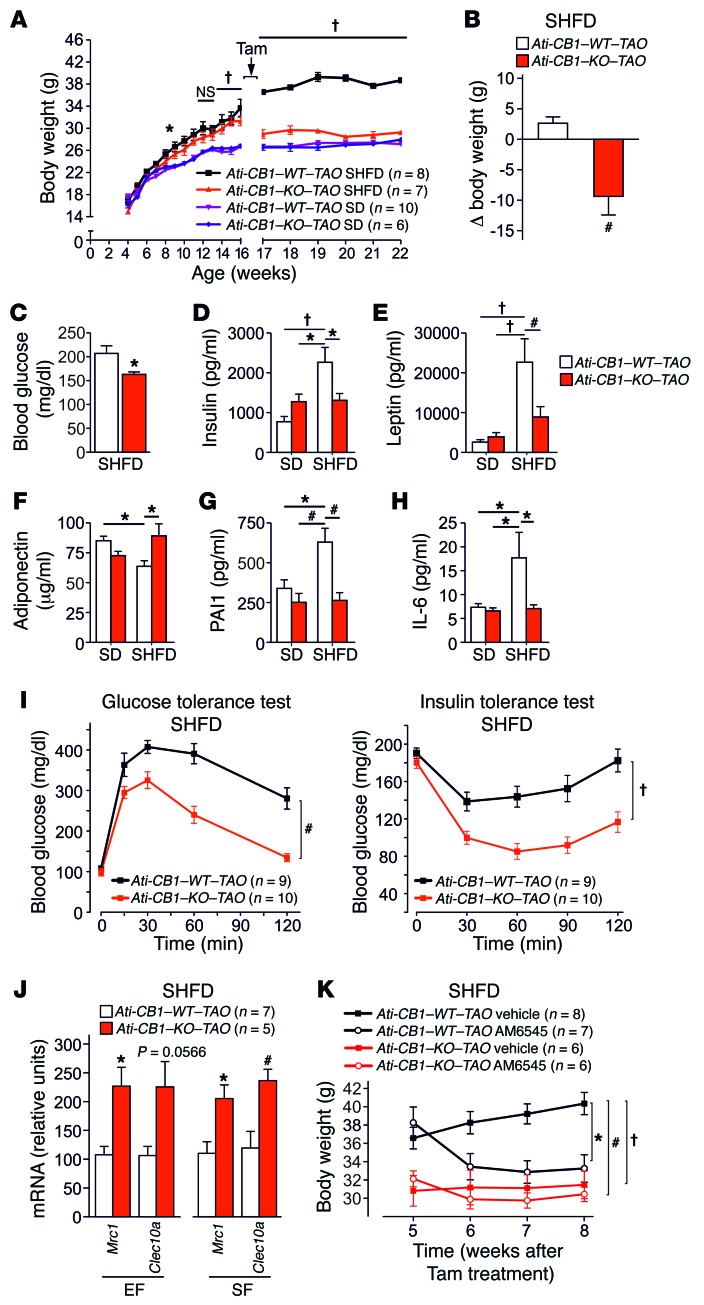Figure 5. Adipocyte-specific CB1 deletion in obese mice mediates weight loss and reverses obesity-related metabolic alterations.
(A) Body weight growth curves of Ati-CB1–WT–TAO (n = 8–10) and Ati-CB1–KO–TAO (n = 6–7) on both SD and SHFD before (weeks 4 to 16) and after (weeks 17 to 22) tamoxifen-induced CB1 deletion. (B) Body weight variation 6 weeks after tamoxifen-induced CB1 deletion in mice on SHFD. (C) Fasting blood glucose in Ati-CB1–WT–TAO (n = 8) and Ati-CB1–KO–TAO (n = 8) on SHFD. (D–H) Plasma levels of insulin, leptin, adiponectin, PAI1, and IL-6 in Ati-CB1–WT–TAO (n = 4–9) and Ati-CB1–KO–TAO (n = 4–8) on SD and SHFD. (I) Glucose and insulin tolerance tests in Ati-CB1–WT–TAO (n = 9) and Ati-CB1–KO–TAO (n = 10) on SHFD. (J) Gene expression for markers of alternatively activated macrophages (Mrc1, Clec10a) in EF and SF from Ati-CB1–WT–TAO (n = 7) and Ati-CB1–KO–TAO (n = 5) on SHFD. (K) Chronic treatment with the peripherally acting CB1 antagonist AM6545 (10 mg/kg, i.p.) or its vehicle and analysis of body weight in Ati-CB1–WT–TAO (n = 8–7) and Ati-CB1–KO–TAO (n = 6) on SHFD. Data are shown as mean ± SEM. *P < 0.05; #P < 0.01; †P < 0.001, 2-way ANOVA, Bonferroni’s post hoc test (A, K, I); Student’s t test (B, C, J); 1-way ANOVA (D–H).

